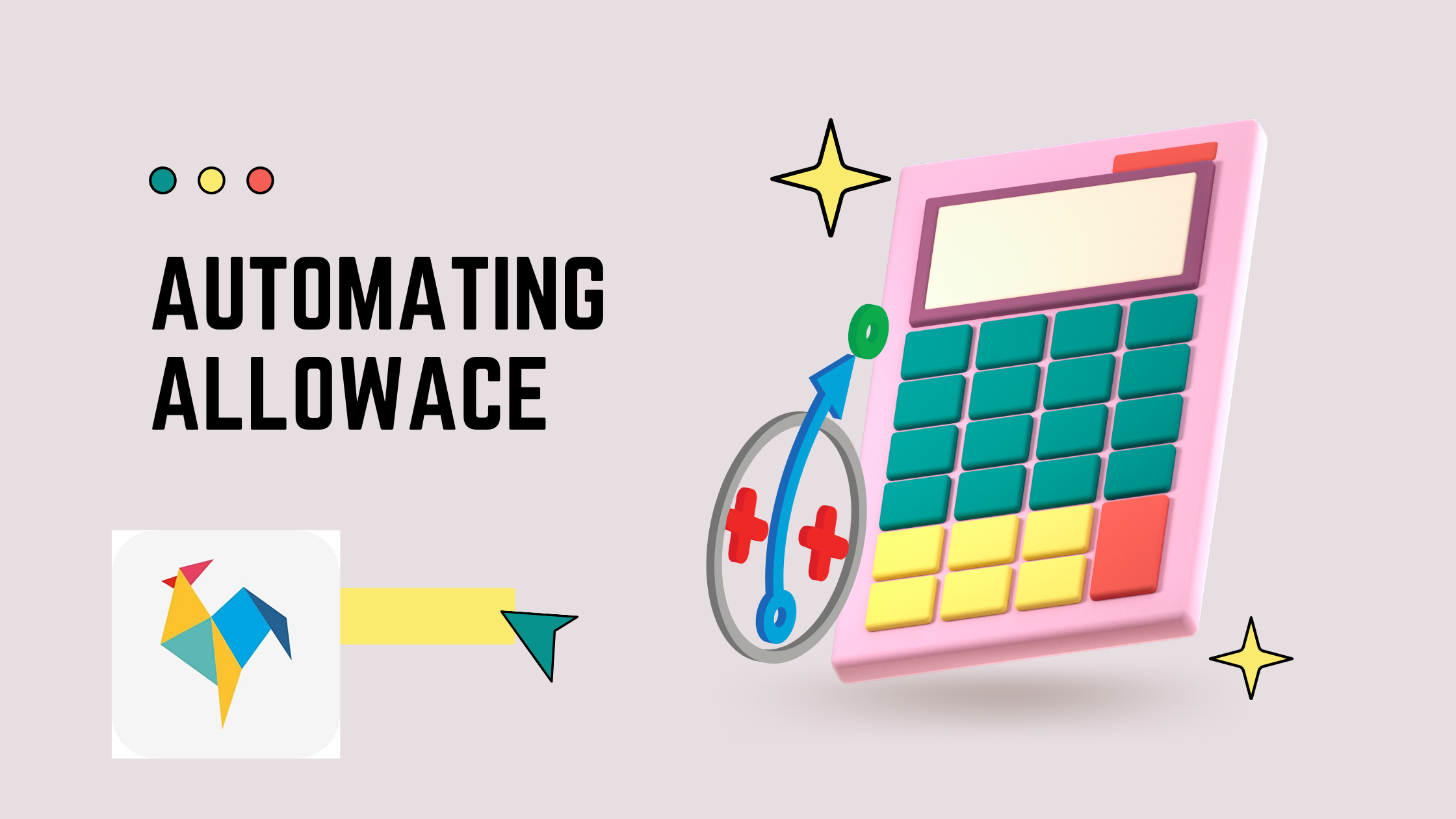How much does college cost? For many soon-to-be students and their families, this remains a mystery. Tuition, fees, and the cost of learning materials alone are confusing. But then, when you add in day-to-day expenses, it’s enough to make college-bound students’ (and their parents’) heads spin. Not to mention the stress of student loans!
If you are a first-time student – or the parent of one – these five tips can be especially helpful as you navigate the mysterious world of college expenses. And, because we are big proponents of planning and budgeting at Sunrise Banks, you will also find calculators, online coaching sessions, and links to additional articles to help you budget and prepare for college.
Tip no. 1: Learn how estimating the cost of college works
Understanding the cost of college can be tricky, especially with the consistently increasing price tag. U.S. News & World Report documented the dramatic change over the last 20 years – with tuition and fees at private schools rising by 134%. This upward trend is the result of several factors, including inflation, decreased government funding, and costly efforts to enhance the student experience.
The price of your tuition will depend upon which college you choose. For the 2022-2023 school year, the average cost of tuition and fees at private colleges was $39,723. At public colleges, the average cost of tuition and fees was between $10,423 for in-state students and $22,953 for out-of-state students.
Because tuition costs differ from college to college – and can be accompanied by additional line items like lab fees, books, and other materials – it can be challenging to estimate what you could expect to spend. It’s also not unusual to feel overwhelmed by the amount of expenses associated with college. That’s why we’ve put together several resources on budgeting and planning that we hope will help quell these anxieties.
Using information from the National Center for Education Statistics, this seven-minute coach session, The Cost of College, can help you anticipate the major financial changes that lie ahead.
Tip no. 2: Don’t forget about everyday expenses
In addition to tuition and accompanying fees, there are also the everyday costs of living away from home. Some expenses to factor in include:
Housing and utilities: College housing can be costly, whether you live in a dorm or rent with roommates. Additional expenses could include utilities, phone, internet, and streaming services.
Transportation: Many student housing and work options are off-campus. Whether you’re taking public transportation or using a vehicle of your own, there are regular costs to factor in – such as bus passes, parking passes, gas, and maintenance – that can come with a hefty price tag. Not to mention traveling home for out-of-state students during breaks and holidays.
Food: College meal plans are a big part of the college experience – and budget. Additionally, there is the cost of groceries, including college-life staples such as boxed mac and cheese, a gallon of milk, and your favorite cereal. And don’t forget to factor in your go-to take-out items like pizza and ramen.
Personal expenses: Toiletries, clothing, laundry, entertainment, and more are all important expenses to factor into the college budget.
As tuition varies from school to school, so does the cost of living from city to city. Learn how prices might change for common expenses by comparing cities with our Cost of Living Calculator.
Tip no. 3: Create a college budget
Hopefully, with our tools to discover how college costs work and calculate living costs, it’s a little easier to estimate what you could expect to pay. But you still might need help understanding what that means in terms of the bigger picture, as well as what you can afford.
Our College Budget Breakdown can help take your planning to the next level. Learn more about college students’ fixed and variable expenses, and discover how you can create a budget in under five minutes.
Tip no. 4: Determine your financial assistance options
Fortunately, many students end up paying less than the sticker price for their college tuition thanks to help from scholarships, grants, and work-study options. Most families also take advantage of student loans to make college more affordable.
One of the first steps in doing so is to fill out the Free Application for Federal Student Aid (FAFSA). Billions of dollars in aid go unclaimed because many students and their families don’t even realize they would qualify.
Not sure where to begin? It takes only ten minutes to learn about Filling out the FAFSA.
Tip no. 5: Stay on top of repaying your loans and building good credit
When it comes time for student loan repayment, it’s easy to feel overwhelmed. We’ve put together some tips for paying off your student loans, including an overview of student loan repayment plan options.
If you’re looking to save on interest and pay your loans off faster, consider adding a little more to your monthly payments. This Student Loan Payoff Calculator can help determine how much time and money you would save by adding various amounts to your payments.
Student loans can have a positive impact on building good credit as long as you keep up with payments. Things like houses and cars might seem far off when you’re currently knee-deep in-class assignments and dorm life. But it’s important to keep in mind that good credit is essential for good financial wellness down the road.
This collection of resources on building credit can help steer you in the right direction.
It all comes down to this
While exact pricing varies from school to school and from city to city, the costs of a college education need not remain a mystery. Sunrise Banks provides access to several Banzai College & Careers courses to help students between the ages of 15 and 18 learn about and prepare to transition to college life. Interested in exploring other options? These resources also include information about alternatives to college, as well as choosing a career. Check them out and take this next step in your or your child’s education easily and confidently.









